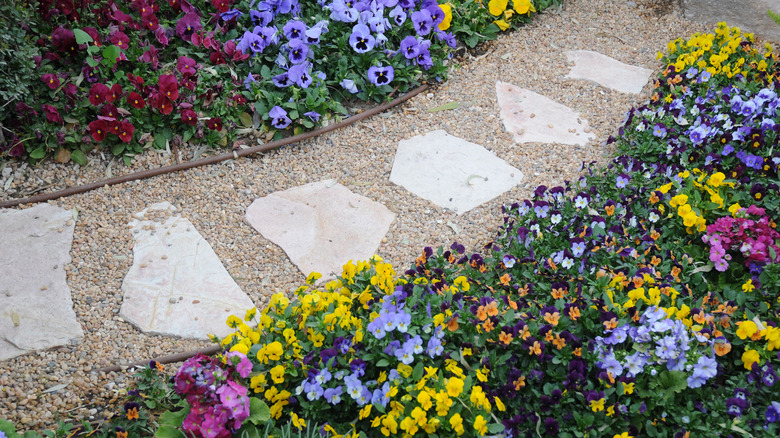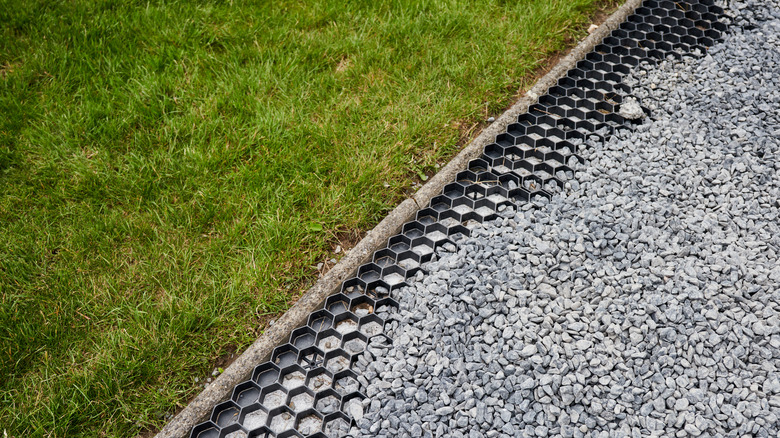Rock Glue Alternatives For Gravel Landscaping (Which Ones To Try Or Skip)
Rocks in landscaping can be gorgeous, but they can also cause headaches. Small gravel often gets kicked around and ends up everywhere, making your landscaping messy, unsightly, and difficult to clean up. If you're tired of moving your landscaping stones back into place, it might be time to permanently glue them or find an alternative. You can use rock glue for gravel landscaping since it is specially designed to work on rocks and gravel, but there are many alternatives you can try, such as mulch glue, epoxy, or a gravel grid.
One of the closest alternatives to rock glue is mulch glue. Mulch glue keeps gravel in place with an easy spray application. While it can keep pea gravel in place, it is not made for areas with regular foot traffic or larger rocks. If you use it in these areas, you will need to reapply often. Overall, mulch glue is an effective alternative for low-traffic areas with pea gravel, but it is not suited for walking paths. Mulch glue and rock glue are similarly priced, so you will not save too much money unless you decide to DIY mulch glue. Mulch glue should work as an alternative, but if you are between the two, you may as well choose rock glue for more strength.
Other gravel landscaping options to consider
Epoxy is also a good option to keep gravel in place, but it may be tedious to add to your existing landscaping. To install it, you mix an epoxy solution with your rocks before laying them, which will take extra time and effort if your gravel is already down. Like mulch glue, epoxy requires regular maintenance because it will fade and wear over time, allowing the rocks to escape again. However, epoxy is fairly durable and is considered one of the more affordable options for outdoor landscaping, so it may be worth a try if you're looking to save some money.
If you're looking for a nonadhesive alternative, try laying a gravel grid under your rocks. Gravel grids are designed to stabilize gravel and keep it from moving, and they can be used in areas with heavy foot traffic and even driveways. These grids are usually fairly low-maintenance, but the stones on top will be loose. This means that while most of the gravel should stay in place, you will still likely spend some time pushing rocks into place. Gravel grids can be expensive and difficult to install correctly, but the durability means that they are usually a one-time cost, unlike most of the adhesive options. You will need to consider the benefits and drawbacks of gravel grids and the other rock glue alternatives for your specific landscape to decide if they are right for you.

